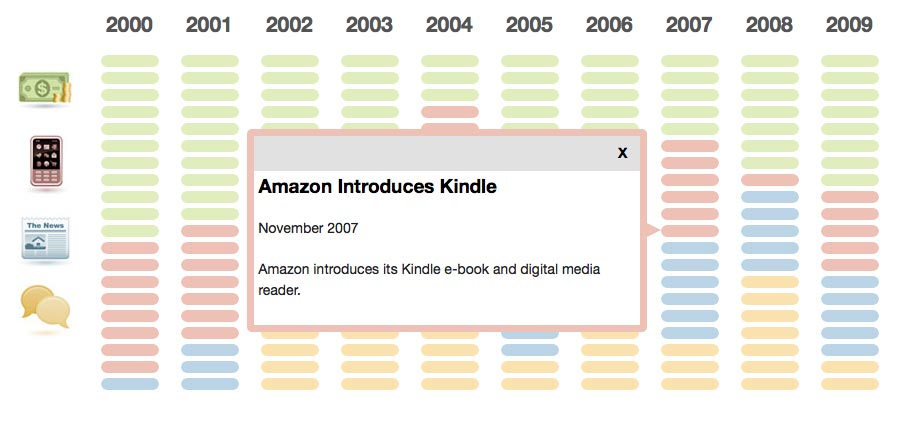Poynter has a very helpful beginner’s guide for journalists who want to understand API documentation.
It helps journalists understand the terms used by sites with an open API (application programming interface) and follows an earlier article on four reasons your news org should use APIs.
One really useful part of this post is that it allows you to hand-build an API request by taking you step-by-step through an example using the New York Times API (you will have to register with the NY Times to request an API key).
For example, let’s try getting New York Times reviews for the “Harry Potter” movies as an XML-formatted response. Use your favourite search engine to find the New York Times movie reviews API. This API is not perfect (it’s in beta, after all). The steps below can be compressed with shortcuts once you become more experienced, but since we’re assuming this is your first time, we’re going to take the slow road.
Click here for the rest of Poynter’s guide to follow the example.
